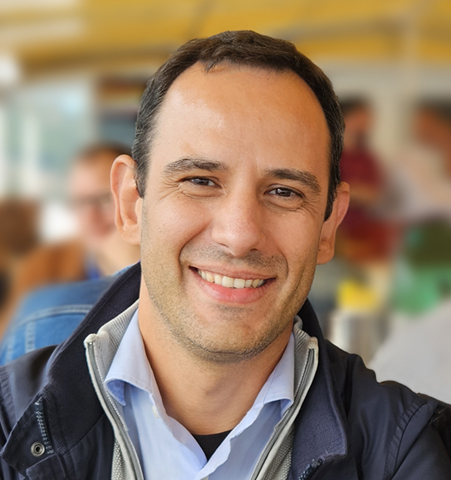
Fabio Marongiu is an Associate Professor at the University of Cagliari. In 2003 he graduated with highest honors with an MS in Biological Sciences from University of Cagliari, and in 2007 he obtained his PhD from the same Institute in Chemotherapy of Viral Infections. In 2007 he was granted a fellowship for a 2-year post-doc at the University of Pittsburgh (USA) in the Department of Pathology under the supervision of Prof. Stephen Strom. The main topic of his research was the isolation, culture and characterization of human amnion-derived stem cells and their differentiation into liver cells. He still has an active line of research on the use of placental stem cells in regenerative medicine. In the last decade, his research interest was also focused on the role of tissue microenvironment in the development and progression of cancer, with particular regards to aging, and how to modulate it through dietary interventions. He is also currently conducting a research project in collaboration with Prof. James DeGregori at the University of Colorado (USA) focusing on the role of the microbiota and increased gut permeability in aging and age-related diseases, including cancer. Moreover, he's studying clonal dynamics and mutational landscapes in normal tissue, and the evolutionary trajectories in promoting healthy aging vs cancer.
Human amniotic epithelial cells for retinal regeneration: Investigating their native potential in cell therapy
Roberta Pisu1, Stefania Saponara2, Stefano Angioni2, Enrico Peiretti3, Salvatore G Vitale2, Fabio Marongiu1.
1Dept. of Biomedical Sciences, Pathology Section, University of Cagliari, Cagliari, Italy; 2Dept. of Surgical Sciences, Div. of Gynecology and Obstetrics, University of Cagliari, Cagliari, Italy; 3Dept. of Surgical Sciences, Eye Clinic, University of Cagliari, Cagliari, Italy
Background: The human amniotic membrane (hAM) has long been utilized in ophthalmology for its regenerative and immunomodulatory properties. While its application in retinal repair is increasingly explored, particularly for macular holes, retinal tears, and age-related macular degeneration (AMD), most approaches emphasize the structural or paracrine support of hAM, often overlooking its cellular components. Human amniotic epithelial cells (hAECs), which naturally form a monolayer adherent to a basement membrane, closely resemble the architecture of the retinal pigment epithelium (RPE). This raises the possibility of leveraging native hAECs to generate RPE-like cell sheets directly on hAM for therapeutic use.
Methods: Term placentas were obtained from uncomplicated cesarean sections, with informed consent from the mothers. From these tissues, we compared hAECs cultured on their native hAM scaffold with hAECs enzymatically isolated and cultured on plastic. Cell morphology was examined under maintenance conditions, and the expression of selected RPE gene and protein markers was analyzed over time using qRT-PCR and immunofluorescence, without the use of differentiation inducers or exogenous signaling molecules.
Results: hAECs maintained on their native hAM scaffold exhibited improved epithelial integrity, reduced cellular stress, and more stable intercellular organization compared to isolated hAECs cultured on plastic. Several RPE markers were detectable in freshly harvested hAM, and their expression was better preserved over time in native cultures. Expression levels of both gene and protein markers varied among donor samples, indicating significant biological variability in the starting material.
Conclusions: These findings support the potential of hAECs as an accessible, ethically uncontroversial source for generating RPE-like cells. Based on these preliminary observations, it is now necessary to design and define appropriate differentiation protocols and establish standardization criteria for the selection and processing of donor material.
[1] Amniotic Membrane
[2] Retinal Regeneration
[3] Macular Degeneration
[4] Placental Stem Cells
[5] Cell Transplant
[6] Tissue Transplant
[7] Perspective